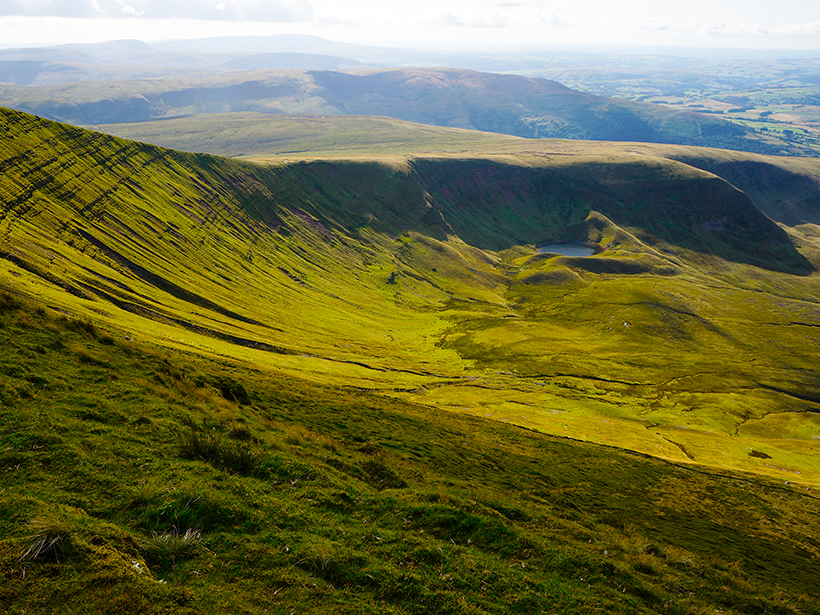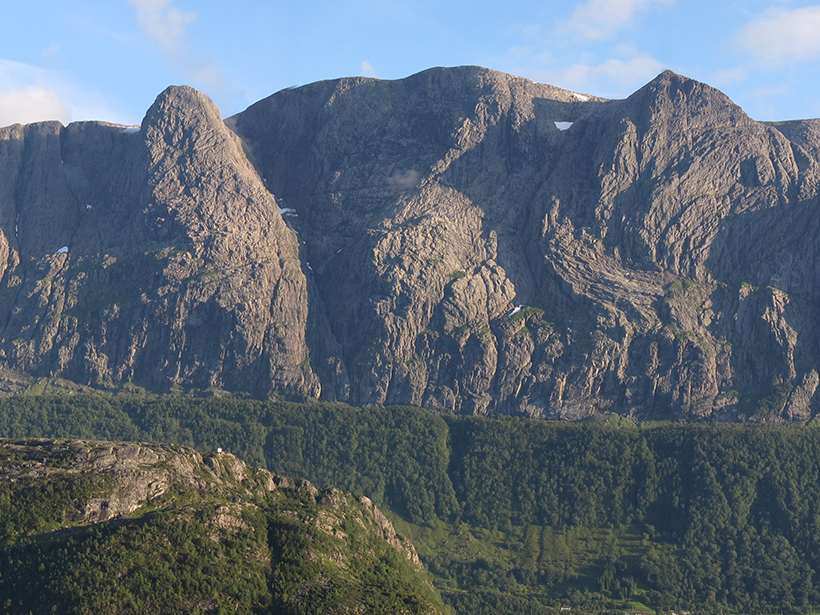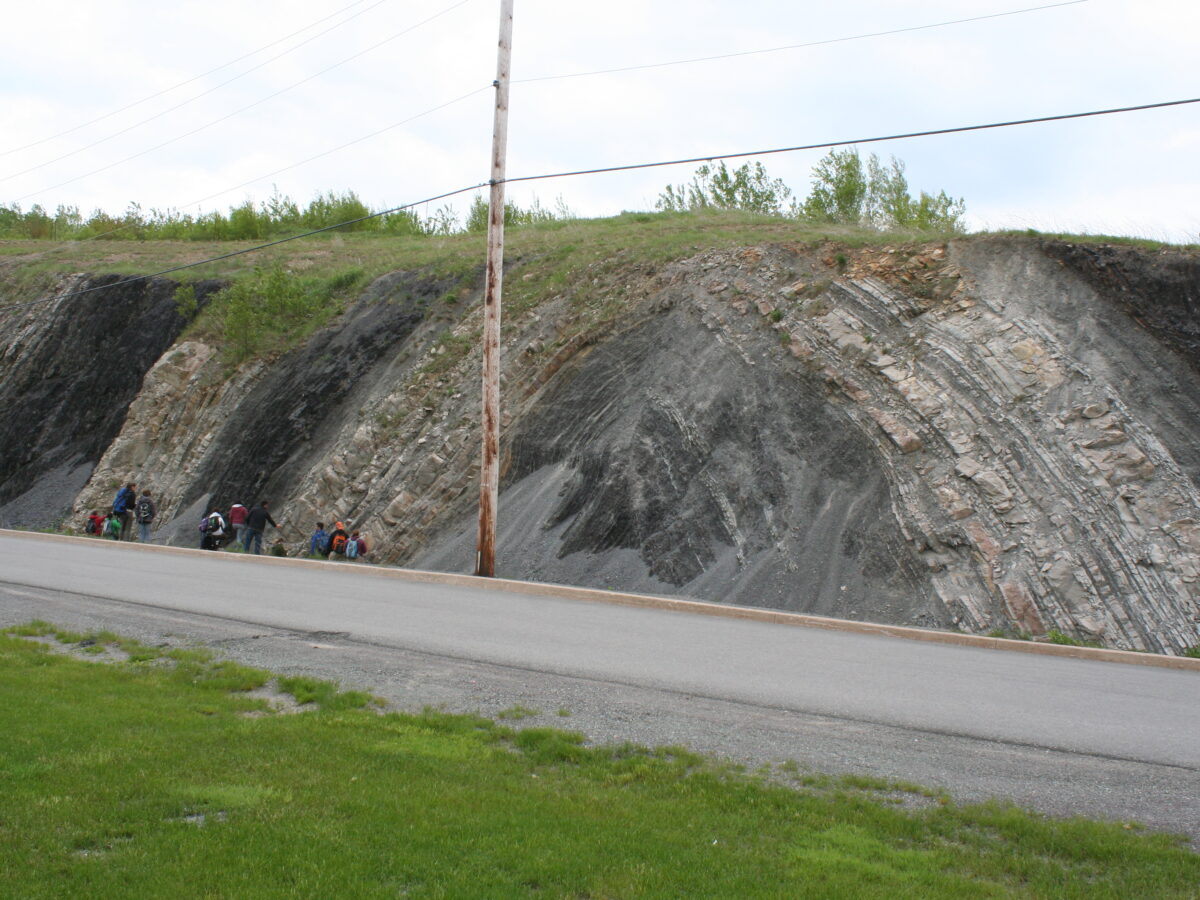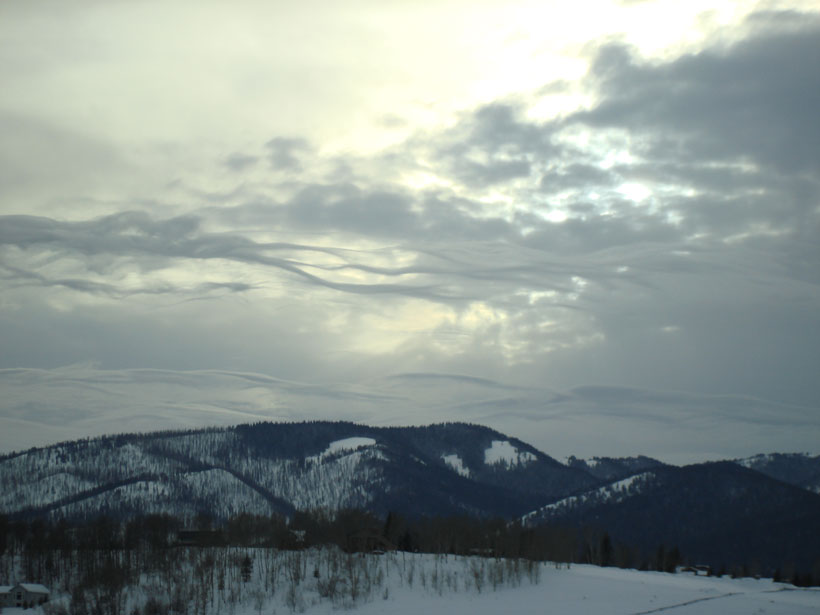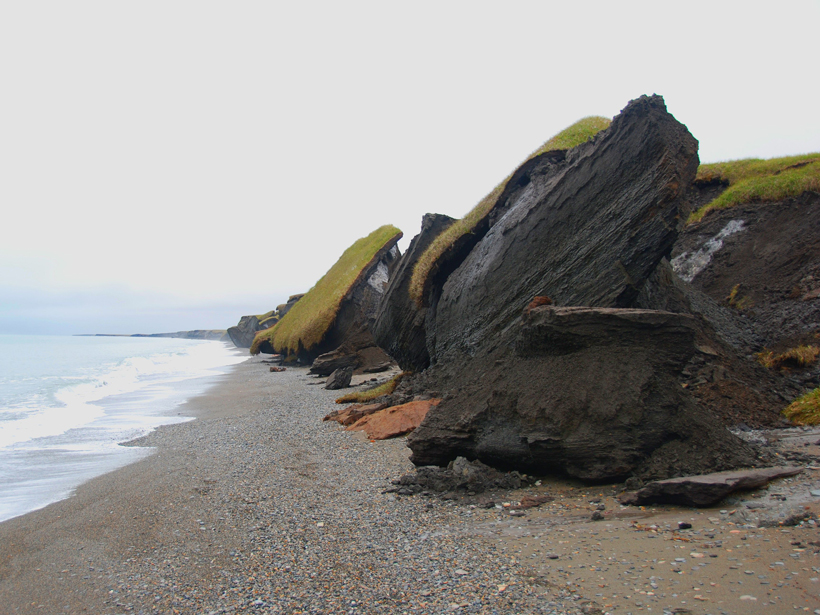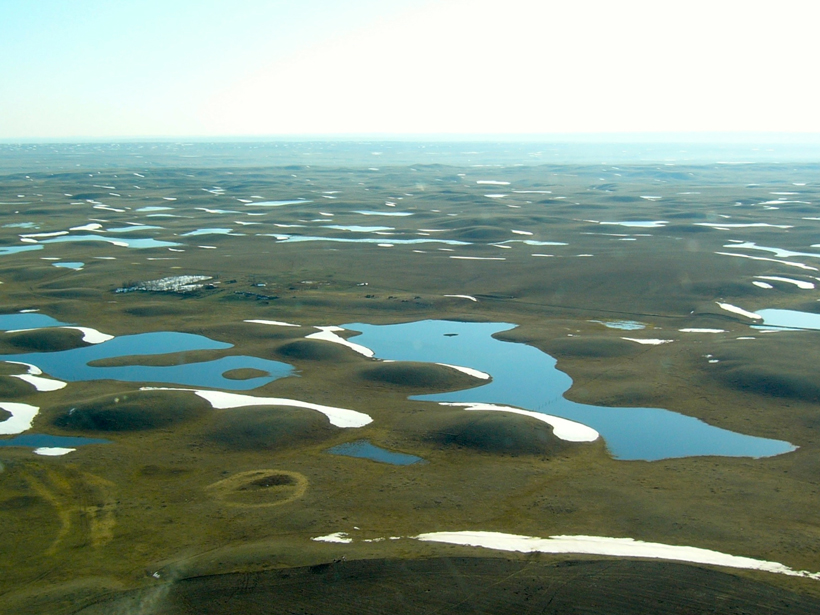Researchers zero in on the large-scale meteorological processes driving extreme precipitation events in the hot, arid desert region.
Research Spotlights
Research spotlights are plain-language summaries of recent articles published in AGU’s suite of 24 journals.
Major Uncertainty in Estimates of Carbon Trapped in Soil
A new study reveals discrepancies between global databases and field measurements.
A Deeper Understanding of Carbon Decomposition in Arctic Soils
Physical parameters may help scientists extrapolate Arctic carbon soil losses from the local to the regional scale, according to the results of a yearlong incubation experiment.
An Improved Understanding of How Rift Margins Evolve
A new seismic reflection study of the mid-Norwegian margin examines the role that low-angle, high-displacement faults play in the evolution of continental rifts.
New Model Simulates Faults and Folds Shaping Each Other
A new model simulates how faulting and folding deep in Earth’s crust shape the way rocks fold and cause earthquakes.
Next-Generation Climate Models Could Learn, Improve on the Fly
Scientists propose development of new models that use machine learning techniques to reduce uncertainties in climate predictions.
Sea Ice Loss Suppresses Some Effects of Climate Change
Polar amplification could counteract weather patterns shifting toward the poles.
Carbon Release from Permafrost Erosion Along the Yukon Coast
New findings highlight the need to account for large amounts of ground ice contained in frozen soil when assessing Arctic carbon cycling.
Solid-Fuel Use Puts Human Health at Risk
Data gaps obscure the full extent of deaths caused by heating homes with wood and other solid fuels.
Prairies, Potholes, and Public Policy
Studying the Prairie-Pothole Region of North America could help improve water resource management across the continent.


